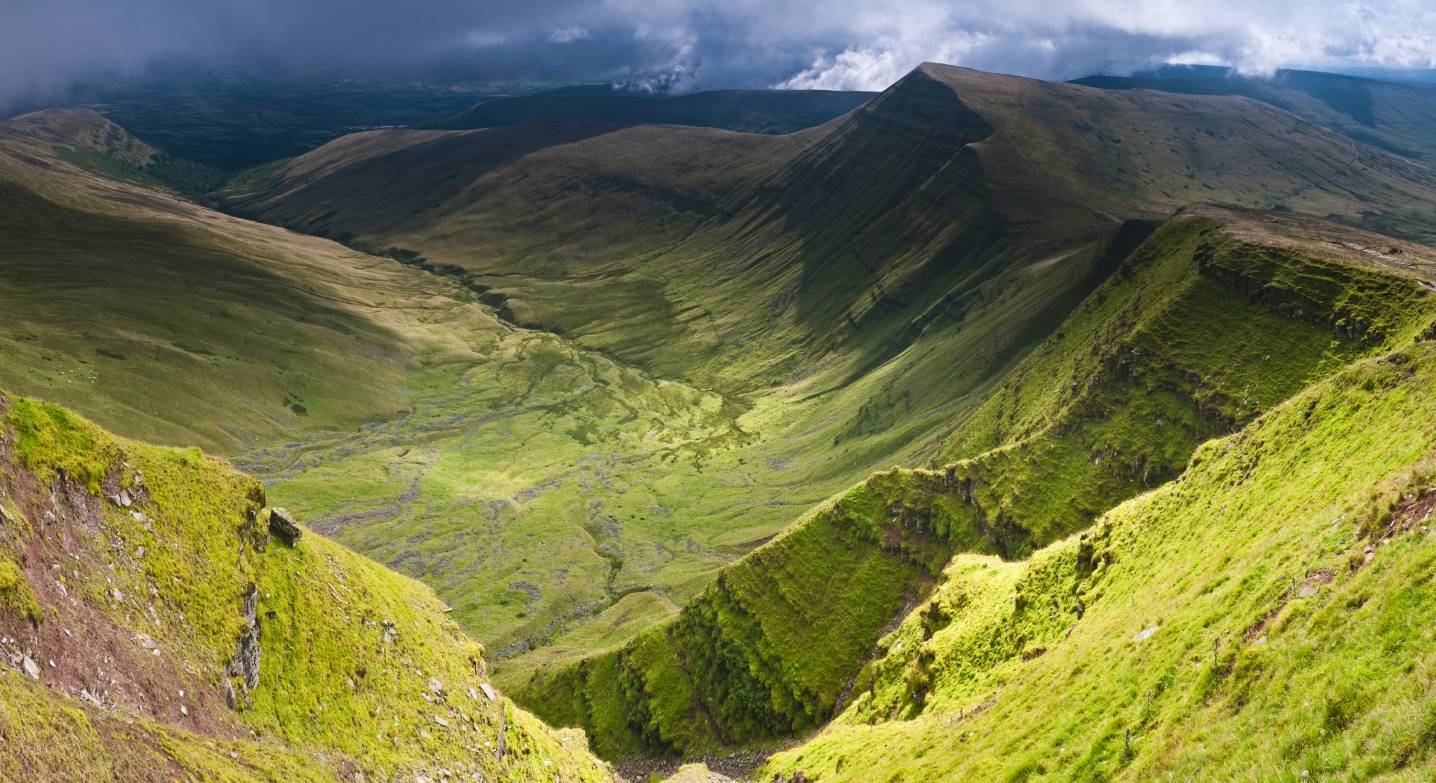
At the time, Reebok had long-standing credibility with basketball aficionados and still had a sweet licensing deal with the NBA.īut the company was struggling to match its rivals. Adidas comes to playĪdidas bought Reebok for $3.8 billion in 2005, hoping it would help the company take on Nike more effectively in the U.S. But its shoes fell out relevance with the mass market. By 1988, Reebok recorded its first drop in earnings. Into the 1990s and early 2000s, Reebok continued to sign a number of National Basketball League stars, including Shaquille O’Neal and Allen Iverson, as well as rappers Jay-Z and 50 Cent. Brown famously pumped his shoes before executing the “no look” slam dunk, a feat of athleticism that’s still celebrated on YouTube today.īut even before the Pump, cracks in Reebok’s infrastructure began to show.

Reebok PumpĪ shoe that could pump air into the tongue to snugly fit to the wearer’s foot was popularized by Dee Brown, a rookie point guard on the Boston Celtics. And by 1988, Reebok was raking in $1.8 billion in annual sales, dwarfing Nike’s $1.2 billion annual earnings.

By 1987, Reebok surpassed Nike in the U.S. Actress Cybill Shepherd wore a pair of salmon-colored Reebok Freestyles paired with a strapless black gown and black opera sleeves to the red carpet at the 1985 Emmy awards. distribution rights to the company in 1979 and then buying the company outright five years later. That had much to do with Paul Fireman, the American businessman who saw something special in the all-white sneakers, securing the U.S. Within decades, it was a breakout star abroad. The brand’s roots go back to Bolton, in northwest England, in 1958. So why couldn’t Adidas make it work? Big in Bolton…then Boston It got even more street cred when Pete Doherty sang about “classic Reeboks” and fashion icon Harry Styles made it an essential part of his streetwear look. Its Classics Club C-85 is one of the most popular sneaker brands for youths in the British Isles. Still, there’s plenty of love out there for Reebok.

At the time, Kasper Rorsted, CEO of Adidas, solemnly noted, “Reebok and Adidas will be able to reach their growth potential by operating independently of each other.” In February 2020, Adidas officially put the brand up for sale. But in recent years it had become all too clear the brand was a misfit in the Adidas arsenal. in its hot pursuit of market leader Nike. Initially, there were high hopes Reebok could help Adidas gain an edge in the U.S. Investors sent shares in the sportswear giant 2.56% higher on Friday, the best performer on Germany’s DAX.Īdidas has been seeking a new home for the Boston-based footwear brand for the better part of the past year, after acquiring Reebok in 2005 for $3.8 billion. U.S.-based celebrity-and-clothing licensing group Authentic Brands Group will buy Reebok for €2.1 billion ($2.5 billion)-that’s $1.3 billion less than what Adidas paid for it.


 0 kommentar(er)
0 kommentar(er)
